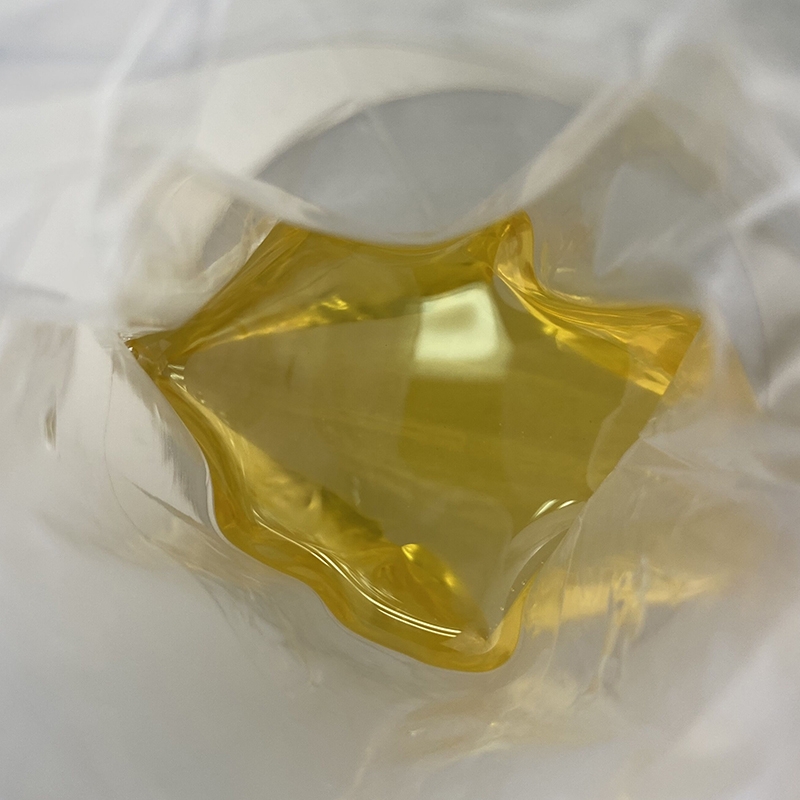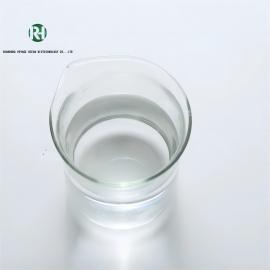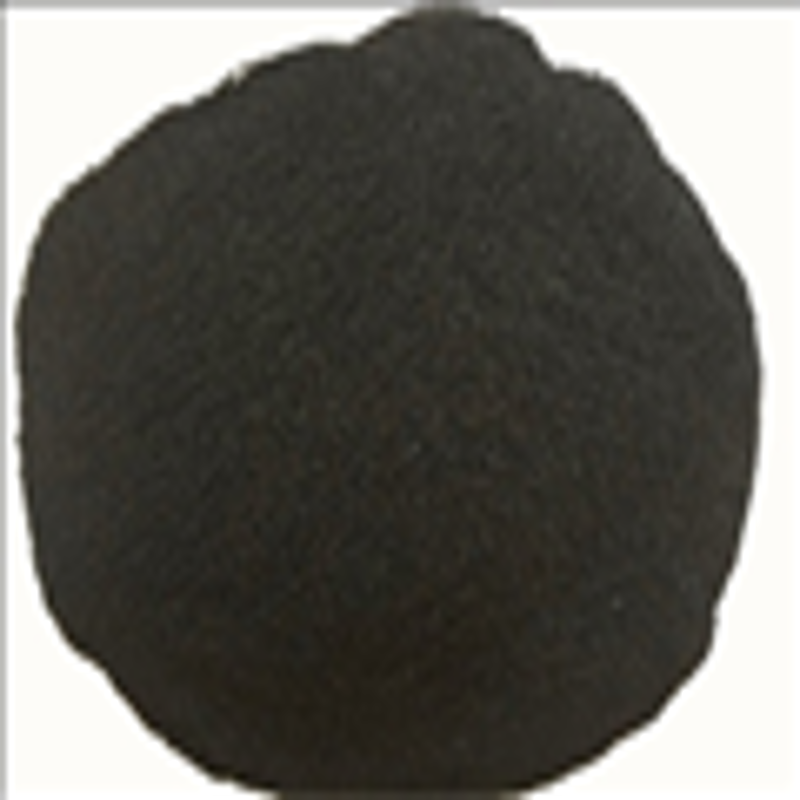-
Categories
-
Pharmaceutical Intermediates
-
Active Pharmaceutical Ingredients
-
Food Additives
- Industrial Coatings
- Agrochemicals
- Dyes and Pigments
- Surfactant
- Flavors and Fragrances
- Chemical Reagents
- Catalyst and Auxiliary
- Natural Products
- Inorganic Chemistry
-
Organic Chemistry
-
Biochemical Engineering
- Analytical Chemistry
- Cosmetic Ingredient
-
Pharmaceutical Intermediates
Promotion
ECHEMI Mall
Wholesale
Weekly Price
Exhibition
News
-
Trade Service
Video: Scientists at Nanyang Technological University Singapore develop biodegradable printed paper batteries
Scientists at Nanyang Technological University (NTU Singapore) have developed a paper-thin, biodegradable zinc battery that may become an environmentally sustainable option in the future, powering flexible and wearable electronic systems
The zinc battery developed by Nanyang Technological University in Singapore is composed of electrodes screen-printed on both sides of hydrogel-reinforced cellulose paper (current leaves or enters the battery through the electrodes)
Once the battery is exhausted, it can be buried in the soil, where it completely decomposes within a month
In a proof-of-concept experiment described in the scientific journal Advanced Science, a research team from Nanyang Technological University demonstrated how a 4cm x 4cm square printed paper battery can provide a small electric fan with electricity for at least 45 minutes
In another experiment using a 4cm x 4cm battery to power the LED, the scientists found that although a part of the paper battery was cut off, the LED was still on, indicating that the cutting would not affect the function of the battery
Scientists believe that their printed batteries can be integrated into flexible electronic products, such as foldable smartphones already on the market, or biomedical sensors for health monitoring
Professor Fan Hongjin from the School of Physics and Mathematical Sciences of Nanyang Technological University is the co-lead author of this study.
Lee Seok Woo, assistant professor in the School of Electrical and Electronic Engineering of Nanyang Technological University and co-lead author of the study, said: "We believe that the paper battery we have developed may help solve the e-waste problem because our printed paper battery is non-toxic.
The research team for the development of zinc batteries in Nanda Printing Paper, which also includes researchers Yang Peihua and Dr.
Manufacturing "sandwich->
Batteries power devices through electrochemical reactions that produce electrical energy
Adding a separator between the cathode and the anode can prevent the electrodes from contacting, while allowing charges to flow freely between them to avoid short circuits
There is also a medium called electrolyte inside the battery, which allows charge to flow between the cathode and anode
In order to develop a battery prototype that is thinner, lighter, and does not require packaging, the NTU scientists adopted a "sandwich design"-the electrodes are like bread slices, and the cellulose paper on which the electrodes are printed is like sandwich fillings
The manufacturing process starts with hydrogel-reinforced cellulose paper to fill the gaps in the fibers that naturally exist in cellulose
The anode ink is mainly composed of zinc and carbon black (a conductive type of carbon)
.
As for the cathode ink, the scientists developed a type containing manganese and another type containing nickel as a proof of concept, although the research team indicated that other metals may be used
.
After the electrode printing is completed, the battery is immersed in the electrolyte
.
Then coat a layer of gold foil on the electrode to increase the conductivity of the battery
.
The final product is about 0.
4 mm thick, about the thickness of two strands of human hair
.
An environmentally friendly choice
Since hydrogel and cellulose can be naturally decomposed by bacteria, fungi and other microorganisms, the battery can be simply buried in the soil at the end of its life and decomposed within a few weeks, making it a fully biodegradable product
.
In order to prove the biodegradability of this paper battery, scientists at Nanyang Technological University buried it in the soil of the roof garden of the campus of Nanyang Technological University
.
After two weeks, the hydrogel-reinforced cellulose paper began to crack and completely degraded within a month
.
Professor Fan said: "When decomposition occurs, the electrode material is released into the environment
.
The nickel or manganese used in the cathode will remain in the form of its oxide or hydroxide, which is very close to the form of natural minerals
.
Zinc in the anode It will naturally oxidize to form non-toxic hydroxides
.
This shows that the battery has the potential to become a more sustainable alternative to current batteries
.
"
Looking to the future, the Nanyang Technological University team hopes to demonstrate the complete integration of printing paper batteries with other printed electronic products, electronic skins, and energy storage systems deployed in the environment
.







